| View previous topic :: View next topic |
| Author |
Message |
Rei
Joined: 09 Apr 2014
Posts: 228
Location: H÷fuborgarsvŠi



|
 Posted: Jan 15, 2016 20:56 Post subject: Stilbite and sandblasting - unexpected result Posted: Jan 15, 2016 20:56 Post subject: Stilbite and sandblasting - unexpected result |
|
|
I recently got one of those "round tuits" and setup my sandblaster after acquiring some various blasting agents so I could clean mineral specimens better. I've had some bad results, some great results, etc... but also some unexpected results. And one of those is stilbite.
I've got a lot of stilbite-Ca specimens, some nice quality, most not so much. Trying glass blasting led to amazing results with all stilbite that I tried it on - removing any ugly brownish surface deposits and leaving it with a bright sheen without any visible erosion (if there is erosion, it's quite slow). In general, the blasting was a big "quality upgrade" on all of my specimens. Yet glass is Mohs hardness 5. Stilbite is hardness 3,5 to 4. Shouldn't the glass be scratching the surface, leaving it dull and eating it away?
I'll add that I've tested it on species that I sent in for analysis and came back as stilbite-Ca, so there's no question that it's really stilbite that I'm trying it on.
I've also had the occasional bit of weirdness with the dulling (sometimes practically eliminating) of features on botryoidal what-I-thought-was-chalcedony. Not sure what to make of that.... my main guess is that there might have been some non-quartz surface coating that was enhancing the underlying texture. Yet some of my transparent pieces seemed to get a bit scratched up too. I'd break these into two categories:
1) Those which I'm just baffled by because they otherwise really do seem to be quartz-based.
2) Those that I had assumed were quartz because I thought my only calcite was massive, but on second glance might actually be calcite. Vinegar testing was unclear. I may try to dig them out of their substrate a bit better and maybe see if I can get some birefringence. :)
But this is all a side topic. The main question is, why would stilbite be resistant to glass blasting?
|
|
| Back to top |
|
 |
alfredo
Site Admin

Joined: 30 Jan 2008
Posts: 1013



|
 Posted: Jan 15, 2016 22:07 Post subject: Re: Stilbite and sandblasting - unexpected result Posted: Jan 15, 2016 22:07 Post subject: Re: Stilbite and sandblasting - unexpected result |
|
|
Mineral hardnesses are usually given using the Mohs scale, which compares resistance to scratching. But the damage caused to a mineral surface by impacting grains does not necessarily correlate to the Mohs hardness. There are different kinds of hardnesses.
I was once studying the effects of abrasion by wind-blown desert sand. Tourmaline got abraded faster than quartz, even though on the Mohs scale tourmaline is slightly harder than quartz. Mica, which is very much softer than quartz on the Mohs scale, resisted desert wind abrasion remarkably well - I suspect that's because of its elasticity - wind-blown sand grains just bounce off.
So you can't necessarily use the recorded hardnesses of minerals to predict which ones will or will not survive attempts to clean them by glass bead "air abrasion" equipment.
|
|
| Back to top |
|
 |
Rei
Joined: 09 Apr 2014
Posts: 228
Location: H÷fuborgarsvŠi



|
 Posted: Jan 16, 2016 08:56 Post subject: Re: Stilbite and sandblasting - unexpected result Posted: Jan 16, 2016 08:56 Post subject: Re: Stilbite and sandblasting - unexpected result |
|
|
| Thanks, that would help explain it - I have to admit, I was rather confused ;) I can actually picture that, stilbite seems to have a little bit of "give" to it, at least compared to quartz, while quartz is very rigid, so if there's any entrained crystalline silica in the glass at all (I've been recycling used blasting material) it could scratch it up. Like mica stilbite forms as a series of of tabular crystals (albeit elongated), giving the possibility to yield between the crystal planes, while quartz has a continuous 3d structure. So that makes sense.
|
|
| Back to top |
|
 |
GneissWare

Joined: 07 Mar 2008
Posts: 1287
Location: California



|
 Posted: Jan 16, 2016 10:20 Post subject: Re: Stilbite and sandblasting - unexpected result Posted: Jan 16, 2016 10:20 Post subject: Re: Stilbite and sandblasting - unexpected result |
|
|
| Rei wrote: | | ... so if there's any entrained crystalline silica in the glass at all (I've been recycling used blasting material) it could scratch it up.. |
You should never recycle blast media used to clean mineral specimens, for just this reason. If you want to be able to reproduce results you need clean, new media of a specific size distribution (for example, 90 micron glass bead), orifice size, and specific air pressures for the mineral(s) to be cleaned. The angle of abrasion can also be important.
As Alfredo said, hardness is just one measure of a mineral's tenacity. It can be analogous to the difference between tensile and compressive and shear strengths of a material - they are all different depending on how the forces are applied.
|
|
| Back to top |
|
 |
Mike Wood
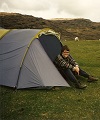
Joined: 16 Dec 2010
Posts: 456
Location: Northern England



|
 Posted: Feb 04, 2016 18:36 Post subject: Re: Stilbite and sandblasting - unexpected result Posted: Feb 04, 2016 18:36 Post subject: Re: Stilbite and sandblasting - unexpected result |
|
|
Hi Rei, I've never seen a glass-blasted stilbite before, and I was curious to see what they looked like!
I don't suppose you have a before and after photo you could post for us?
Cheers, Mike
_________________
Rock basher |
|
| Back to top |
|
 |
Rei
Joined: 09 Apr 2014
Posts: 228
Location: H÷fuborgarsvŠi



|
 Posted: Feb 07, 2016 10:23 Post subject: Re: Stilbite and sandblasting - unexpected result Posted: Feb 07, 2016 10:23 Post subject: Re: Stilbite and sandblasting - unexpected result |
|
|
| Mike Wood wrote: | Hi Rei, I've never seen a glass-blasted stilbite before, and I was curious to see what they looked like!
I don't suppose you have a before and after photo you could post for us?
Cheers, Mike |
Unfortunately, I didn't think to take "before" pictures of any of my good pieces for comparison. But I did quickly scrounge up some "junk" pieces for you (don't expect miracles, it's not going to suddenly make fine crystals appear from an intergrown mass), just to give a general sense of what it does with the surface appearance.
Both of these pieces, I'd previously tried various chemical cleaning methods without much success. So the first two pictures show what they start as. The second sample isn't just stilbite, it also has another fibrous zeolite (I've identified it before but can't be bothered to look it up right now), the latter of which is particularly ugly.
The third picture shows the appearance after just a little bit of blasting on one end of the first sample - notice how much whiter and shinier it is.
The fourth picture shows the second sample partway through the blasting. Note how the blasting quickly eats through the second zeolite but leaves the stilbite behind.
The fifth and sixth pictures are of the first sample, "done" (I took them indoors, so the shine wasn't as pronounced as outdoors, unfortunately, but I didn't want to stand in the snow). I certainly could have blasted it some more, but I don't want to waste too much time on a "junk" sample (ultimately I'll probably just slice both of these, put them on a vibrating lap and then use them in a countertop). Note the color and shine.
The seventh and eigth pictures are of the second sample. Note how some cauliflorous structures have emerged from underneath all of that mess. With a bit more blasting they'd clean up better (I also could have removed more of the second zeolite from the rest of the sample), but again I don't want to waste too much time on this. Note the shine.
Why would a softer material get not just whiter, but shinier after blasting with a harder abrasive? I'm not sure exactly what's going on, but if I had to guess, it'd be that the abrasive isn't so much "scratching" the stilbite away as "breaking off miniscule fragments of it". I think it's basically "exfoliating" the mineral. But that's just a guess.
It's of course not a miracle worker. It doesn't give a polish-level shine, though it's definitely better than raw. It doesn't turn a bad sample into a good one. But it definitely is an improvement, IMHO. :)
| Mineral: | Stilbite (Series) |
| Locality: | | Hvalfj÷rur, Capital Region, Iceland |  |
|
| Description: |
|
| Viewed: |
21012 Time(s) |
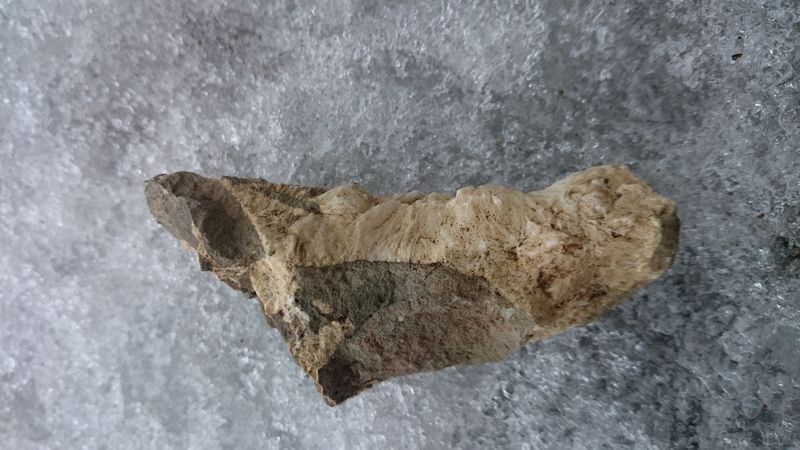
|
| Mineral: | Stilbite (Series) |
| Locality: | | Hvalfj÷rur, Capital Region, Iceland |  |
|
| Description: |
|
| Viewed: |
21057 Time(s) |
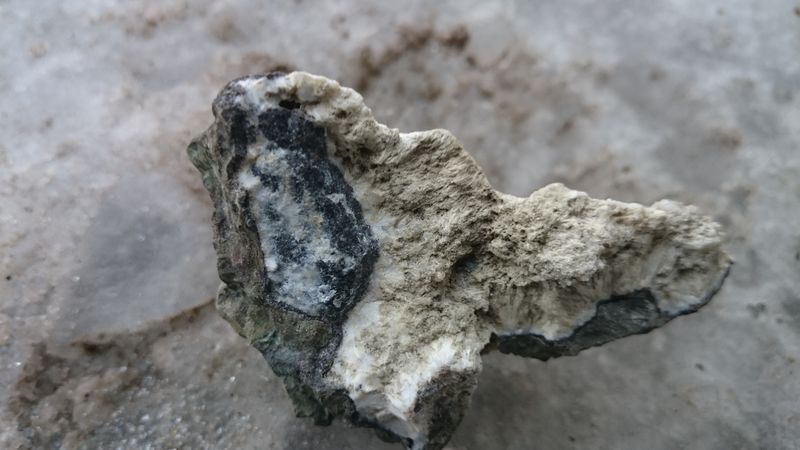
|
| Mineral: | Stilbite (Series) |
| Locality: | | Hvalfj÷rur, Capital Region, Iceland |  |
|
| Description: |
|
| Viewed: |
20997 Time(s) |
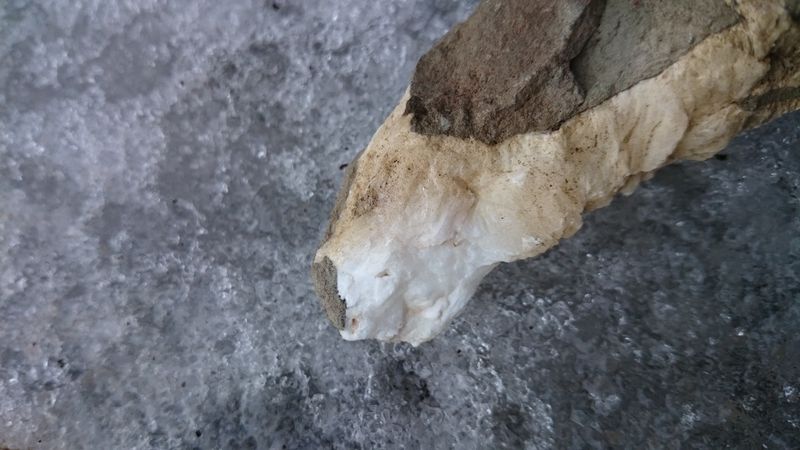
|
| Mineral: | Stilbite (Series) |
| Locality: | | Hvalfj÷rur, Capital Region, Iceland |  |
|
| Description: |
|
| Viewed: |
21012 Time(s) |
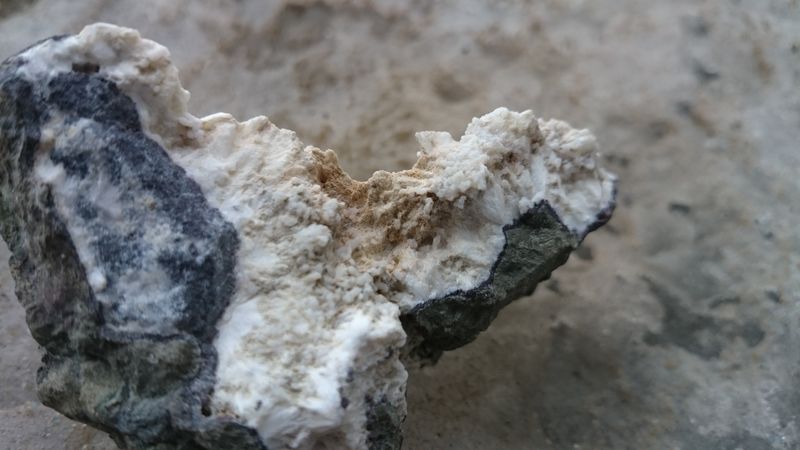
|
| Mineral: | Stilbite (Series) |
| Locality: | | Hvalfj÷rur, Capital Region, Iceland |  |
|
| Description: |
|
| Viewed: |
20966 Time(s) |
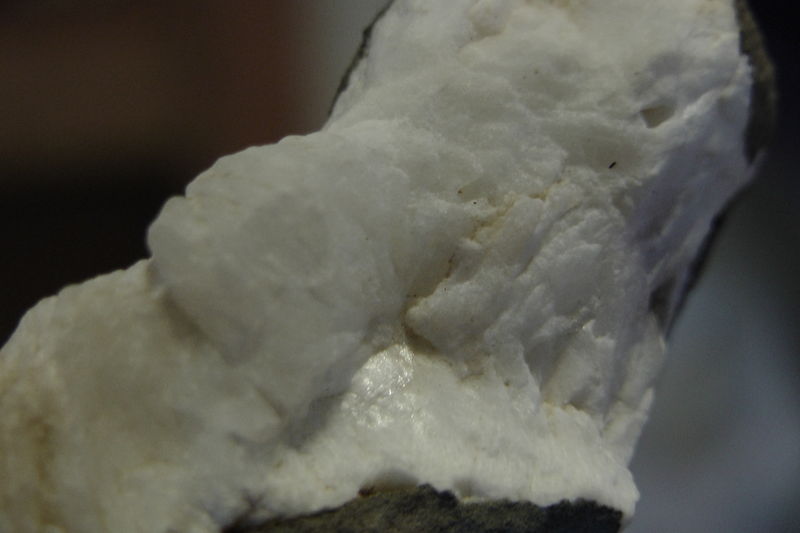
|
| Mineral: | Stilbite (Series) |
| Locality: | | Hvalfj÷rur, Capital Region, Iceland |  |
|
| Description: |
|
| Viewed: |
20972 Time(s) |
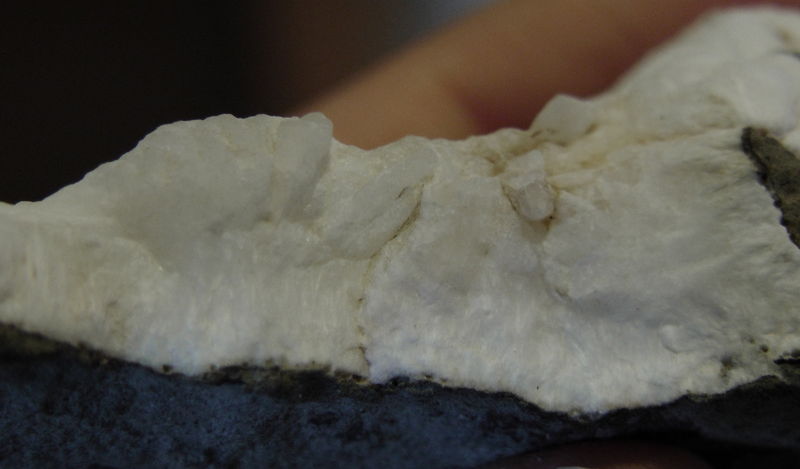
|
| Mineral: | Stilbite (Series) |
| Locality: | | Hvalfj÷rur, Capital Region, Iceland |  |
|
| Description: |
|
| Viewed: |
21034 Time(s) |
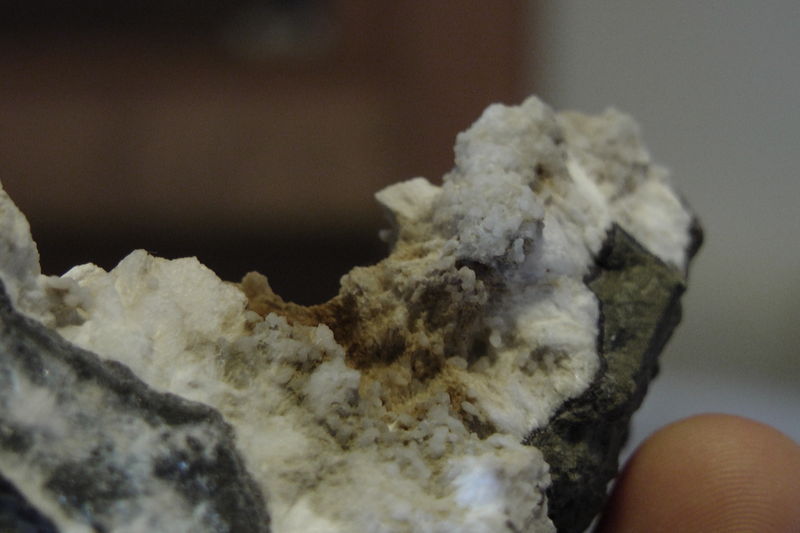
|
| Mineral: | Stilbite (Series) |
| Locality: | | Hvalfj÷rur, Capital Region, Iceland |  |
|
| Description: |
|
| Viewed: |
21017 Time(s) |
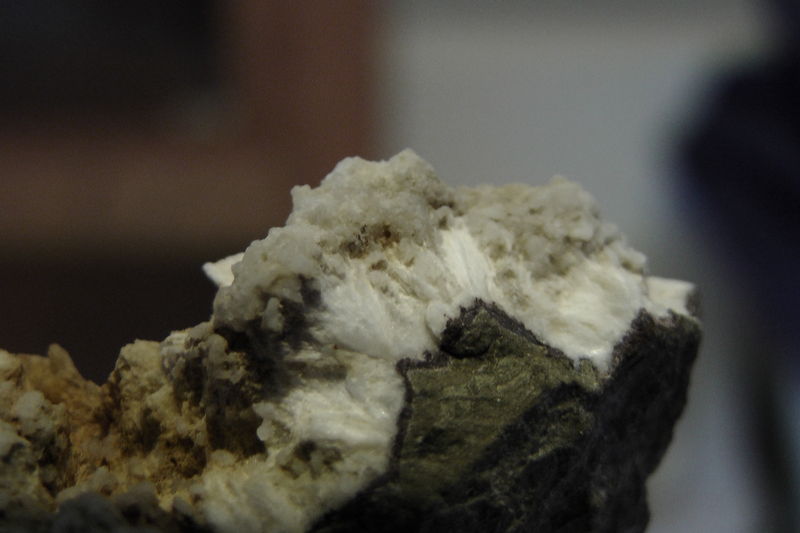
|
|
|
| Back to top |
|
 |
Mike Wood

Joined: 16 Dec 2010
Posts: 456
Location: Northern England



|
 Posted: Feb 08, 2016 16:35 Post subject: Re: Stilbite and sandblasting - unexpected result Posted: Feb 08, 2016 16:35 Post subject: Re: Stilbite and sandblasting - unexpected result |
|
|
Hi Rei, thank you for taking the time to blast some more samples and do some photography. The results are quite impressive for removing that brown crud on the outside of the specimen, which can take a long time to wash and brush off (my usual method).
Also the familiar-looking matted needles are worth blasting away if they are full of dirt and stained brown, especially if there are more interesting crystals underneath. On your specimen the little cauliflorous crystals could be either stilbite or heulandite but more likely stilbite. It looks like towards the left on this picture, there are a few individual crystals that look rather like heulandite.
If the needle-like crystals are mordenite then this could be a bit dangerous to dry blast, maybe more so than mesolite/scolecite; it is wise to do this outdoors, you dont want this kind of dust hanging around the house...
I've seen plenty of this kind of material on Skye where I go collecting, and normally find that blasting the specimen with water quickly removes most of the mesolite (or mordenite) which goes down the drain.
Of course, if I found a nice clean specimen with upstanding mesolite/ scolecite etc. crystals then I would treat it very carefully, if at all. Maybe a gentle water spray to remove dust and tiny black particles from between the needles (holding the specimen upside-down).
I guess water in Iceland could be a bit awkward to use in the winter, with the very low temperature outside - the drains could freeze the waste water ?
Thanks again for your report :-)
Mike
_________________
Rock basher |
|
| Back to top |
|
 |
|





